- Home
- Philip Pullman
Daemon Voices Page 16
Daemon Voices Read online
Page 16
For every story has to have an ending. Sometimes you know what the ending is before you begin. Well and good. Sometimes you don’t, and then you have to wander about through the events until you manage to see the natural destination. But once you know where it is, you must make for it, and then go back and clear the path and make sure that every twist and turn is there because you want it to be: because this one shows a better view of the landscape to come, or that one illustrates the fate of someone analogous to our protagonist, or another because it reveals a deep romantic chasm just at the moment when you need to introduce a note of sublimity…And all of them because they lead to the end. In other words you must design the path so that it leads to the destination most surely, and with the maximum effect.
And you mustn’t fudge it when you get there. One of the best endings in modern children’s fiction is the last page of Janni Howker’s The Nature of the Beast (Julia MacRae, 1985). This marvellous book, to my mind the best picture of the 1980s we’ve yet seen in adults’ or children’s fiction, ends with young Bill Coward, his life in ruins, speaking these words:
The Haverston Beast is dead. I saw him die. I wish he was still alive. I wish he’d come padding along High Street!
The Haverston Beast is dead, or so they think.
I’ll not be there next Tuesday.
I’ve got my air-rifle. I’ve packed a bag. If they want me, they’ll have to come and get me. They’ll have to hunt me down.
Don’t tell them, but I’m going up Hardale. The Haverston Beast is dead.
They’ve not seen nothing yet.
I’m going to take over where the Beast left off.
They’ve not seen nothing yet!
The rhythm of that is outstanding in its power and effect. And what a perfect ending: this is the destination of the path which we have followed through every twist. Every single element in Bill’s life, his grandfather’s drinking, his father’s violence, the closing of the mill, everything in the world he knows has combined to bring him to this point, armed, with red-hot hatred in his heart. This is the end. This is where the story had to come.
Well, enough about rules. I’m going to look now at what the other writer on the train said; you remember, partway through the story she said, “I know! When we come to an exciting bit, let’s write it in red!” (And I seemed to imagine a busy actor four hundred plus years ago scribbling away at something of his own behind the scenes while someone else’s bombastic verse-drama occupies the stage. He dips his quill in the ink—a thought strikes him—“Ah! When I come to a funny bit, I’ll write it in prose!”)
This is about form, and my colleague’s perception that it’s different from content, and that it’s not arbitrary, it’s expressive. It’s not something tacked on at random. There was an ice-skating commentator a few years ago who used to amuse me because he would talk about Torvill and Dean, for instance, adding interpretation to their performance. But a good performance, of course, is interpretation. You can’t have added interpretation—or if you do, it’s false, it’s an affectation. In the same way, if the form doesn’t express the content, it’s no use; it’ll get in the way.
But there is a duality here which is important, and for which narratology has found many pairs of similarly opposed terms: substance and form, content and expression, story and discourse, fabula and sjuzhet, and so on. In short, there are the events, and there is what you tell about the events. There is the wood and there is the path. The making-up part is different from the writing-down part, but (let’s write it in red) the writing-down part can express a great deal of the meaning.
Now a lot of the time, of course, making-up and writing-down happen more or less simultaneously. You think of an idea and it comes with the words already attached. I used to think that this was the entire process: that stories were literature, and literature was made out of language, and, in the approved style of the time, that there was nothing dehors-texte. But one day, when I was still a teacher, I invited a small theatre company who were performing in the city to come to my school for an afternoon and do a show. They were called Théâtre de Complicité, and they still are, but these days you wouldn’t find them at Marston Middle School on a Thursday afternoon. What I saw that day astounded me, enslaved as I was to the idea that stories were made out of language. Because here was a complete story—funny, moving, frightening, absurd, thought-provoking—presented to an audience who could understand every nuance without a single word being uttered.
My reaction could best be expressed in cartoon form, with a think bubble containing only an exclamation mark.
To tell a story, I realised, you don’t need words at all. There is a great deal dehors-texte. Stories aren’t made of language: they’re made of something else. A little earlier I said that stories were about life; perhaps they’re made of life.
So now I do the making-up and the writing-down with more of a consciousness that there is a difference. I’m not sure that writers talk to one another enough about the making-up part, by the way. Some of the best conversation about it comes not from novelists but from film-makers. You can find examples of this in Who the Devil Made It edited by Peter Bogdanovich (Knopf, 1997).
Here’s one from Allan Dwan, who learned his trade in the silent days:
Everything I did was triangles with me. If I constructed a story and it had four characters in it, I’d put them down as dots and if they didn’t hook up into triangles, if any of them were left dangling out there without a sufficient relationship to any of the rest, I knew I had to discard them because there’d be a distraction. And you’re only related to people through triangles or lines. If I’m related to a third person and you’re not, there’s something wrong in our relationship together. One of us is dangling. So I say, “How do I tie that person to you? How do I complete that line?”
Once you’ve noticed that, it’s a useful principle. Whether you draw dots on a page or keep it in your head, or as I do use those little yellow Post-it stickers to move ideas and characters and scenes around on a big piece of paper till they’re in the best order, some kind of diagrammatic abstract of the relationships in the story does help to clarify and strengthen it. In other words: I know! When we want to work out who’s who, let’s draw a picture.
And here’s Fritz Lang in the same collection:
I honestly believe that any camera movement must have a reason. In my opinion, to move a camera just to move it is wrong: to make a 300-degree pan for no reason is a technical feat, but that’s all. Camera movement must express something.
Form is expressive. In other words: if you’ve got nothing exciting to say, don’t use the red pencil.
But content and expression, or substance and form, don’t always come to you simultaneously, or in the same sequence. Sometimes one can suggest the other, and sometimes the other can suggest the one. I’m diffident about quoting my own work again, but I suppose, after all, you’ve asked me to give this lecture because my experience as a maker of stories might have given me something to say; so here goes.
It concerns my story Clockwork, or All Wound Up (Doubleday, 1996). The first notion I had of that was of…a thing like a piece of clockwork. I like looking at how things work. I stood in the Science Museum for a long time one day memorising all the connections in one of those big old iron clocks from a church tower, and I loved the way that this bit moving in this direction made that bit move in that direction. It didn’t mean anything, because what a clock means is the time, and I wasn’t looking at it to tell the time, after all. It was just technical.
And I thought, suppose I tried to tell a story like that—how might it work? If I had this bit folded inside that bit, and yet connected to this other bit somewhere else—how could I make them all join up? And how could I make them all move when the first bit moved?
That’s how I started: just fitting the bits together. Purely formal. It
didn’t mean anything.
Only later, after several attempts, did I get the connections to work. And only then, when I saw the gears enmesh smoothly and this bit begin to turn that bit, did I see what it might mean. I realised I could use the story to say something about the inexorable nature of responsibility. If you have a child, you should look after him. If you make a promise, you should keep it. If you start a task, you should finish it. If you begin telling a story, and people are listening, you should take it to its end and not run out halfway through. (In Clockwork, my storyteller, Fritz, is irresponsible, because he thinks he can perform a story without rehearsing it. If he’d rehearsed it he’d never have had any trouble.)
So having seen the kind of idea the form of my tale could express, I was able to go back and help it do it. But the form came first. In other words: Look—here’s a red pencil! What can I write in red?
To my mind, the most effective form is always that which displays the story most clearly.
Here’s Howard Hawks, another film-maker:
The best thing to do is tell a story as though you’re seeing it…Just tell it normally. Most of the time, my camera stays on eye level now. Once in a while, I’ll move the camera as if a man were walking and seeing something. And it pulls back or it moves in for emphasis when you don’t want to make a cut. But outside of that, I just use the simplest camera in the world.
Easy to say, and very hard to do. It throws much more emphasis on the making-up part, which is actually where the life is, than on the writing-down part. How nice it would be to tell the story in an unfamiliar way! How relaxing to spend one’s time arranging the camera angles, and not have to wrestle with the truth!
I noticed something just the other day that had a bearing on this. I go to a life-drawing class once a week, where we sit in a circle with the model in the centre, and during the two-hour session she—usually a she—takes up half a dozen poses, so that each session you draw the figure from a number of different angles. And I am often pleased when I find myself confronted with an angle that’s unfamiliar, for example if the model is lying with her head towards me so that I see only a head of hair and maybe the back of a hand, and beyond that some anonymous undulations that might be hips or shoulders or anything. I like drawing from an unusual perspective, and the other day it occurred to me why this was so: the reason is an ignoble one—it’s simply that it’s harder to tell from the finished drawing whether I’ve done it well or not. “Gosh, how clever to draw her from that angle!” Not a bit of it: it’s really, “Gosh, how much easier to draw when no one can tell whether or not it’s a poor drawing.”
So when the figure is standing or sitting, in full face or in profile, in what you might call a simple, classic pose, there’s no doubt in the viewer’s eye about whether or not you’ve got the knees in the right place, or whether the arms are too long: there’s nowhere to hide them. And similarly, if a story is told from an unusual angle, or in something fancy like the second person, or with alternative openings and unclosed endings, or larded through and through with flashbacks and flash-forwards and flashbacks within flashbacks, then you can’t see so easily that it’s poorly constructed out of thin materials. Tell it plainly, and if it still stands up, it works. The real challenge for the draughtsman is the straightforward classical pose; the real challenge for the storyteller is the tale told simply.
In other words: if you can’t draw (or write) with the lead pencil, you won’t be able to draw with the red one.
(Of course. I’m not saying anything original here. Dr. Johnson, quoting his college tutor: “Read over your compositions, and where ever you meet with a passage which you think is particularly fine, strike it out.”)
Now if the story is a path, then to follow it you have to ignore quite ruthlessly all the things that tempt you away from it. Your business as a storyteller is with the path, not the wood. But the wood is full of fascination, and it is so tempting to try and convey some of the richness of it, of all that phase space, by using a first-person stream of consciousness, or a number of differently situated narrators, and even more so by making those narrators unreliable, their knowledge partial, their different agendas out there conflicting in the text…So tempting. But resist it.
One small example of a temptation that I try to resist—as I have said elsewhere—is the present tense. I say I try to resist it: I know that many fine writers have written many admirable books in the present tense. But I can’t make it work. As I’ve said before, the present tense is like those Venetian blinds that, instead of having horizontal slats, have vertical ones. I don’t like being in a room that has those blinds because you can only look up and down. But life isn’t vertical, life is horizontal. Friends and neighbours and cats and dogs and cars and the postman come along the road, not down from the sky. The present tense is like that: what it gives you is a vertical slice across a horizontal life. Use it sparingly. In other words: just because you have a red pencil, don’t write everything in red.
Another formal discovery, a discovery about form that storytellers make is that you can sometimes leave things out and thereby create a stronger impression. There’s a lovely parallel between Quentin Tarantino and Anthony Trollope that makes this very clear. One of Tarantino’s most celebrated effects comes in the scene in Reservoir Dogs when Mr. Blond, or Mr. White (I can’t remember his colour), cuts off the policeman’s ear. We see the build-up—we know just what’s coming—and then at the critical moment the camera swings away and very consciously shows us the wall, to swing back again when the deed is done.
Precisely the same effect (even down to the drawing attention to it) comes in Barchester Towers. Trollope has just shown us Bishop Proudie, urged on by Mr. Slope, gathering up his courage to defy Mrs. Proudie. But now comes the evening. Mr. Slope isn’t there to help him any more, and Mrs. Proudie is in the bedroom, waiting to deal with the Bishop’s ear, curiously enough.
…As the clock on the chimney piece warned him that the stilly hours of night were drawing on, as he looked at his chamber candlestick and knew that he must use it, his heart sank within him again…He took a couple of glasses of sherry, and mounted the stairs. Far be it from us to follow him thither. There are some things which no novelist, no historian, should attempt; some few scenes in life’s drama which even no poet should dare to paint. Let that which passed between Dr. Proudie and his wife on this night be understood to be among them.
He came down the following morning a sad and thoughtful man. He was attenuated in appearance; one might almost say emaciated…At any rate he had aged materially.
Reservoir Clerics, perhaps? In other words: sometimes a scene will be even redder if we use no pencil at all.
There are plenty more things to be said about the red pencil, but I want to move on to my third principle of storytelling. This is the one I said was implicit in what the girls on the train were doing in the first place. I mean knowledge. They thought there were things to know about storytelling, that it was an activity which was discussable, learn-able, practisable—if such a word exists. That’s what I think too.
But they were very young, and I don’t think that they had yet become sophisticated enough for the knowledge they were acquiring to trip them up. There’s an analogy here between our sort of activity and what I take to be the central myth of Judaeo-Christian culture, the story of Adam and Eve and the Fall in Chapter 3 of Genesis. In his extraordinary essay of 1810, “On the Marionette Theatre,” Heinrich von Kleist reveals this analogy in a brilliant light by means of his comments on puppets and dance.
In brief, he points out that the first consequence of knowledge is self-consciousness. The puppet is not self-conscious in the least, and that allows it to dance with perfect freedom and grace. A puppet can never be guilty of affectation, because affectation appears when the soul, or moving force, appears at some point other than the centre of gravity of the movement. The human dancer, on the other ha
nd, is plagued by self-consciousness:
“Just look at that girl who dances Daphne. Pursued by Apollo, she turns to look at him. At this moment her soul appears to be in the small of her back. As she bends she looks as if she’s going to break…Or take that young fellow who dances Paris when he’s standing among the three goddesses and offering the apple to Venus. His soul is in fact located (and it’s a frightful thing to see) in his elbow.”
When you become self-conscious about the act of storytelling, it’s very easy for your soul to wander into your elbow, so to speak. But the way to become unself-conscious again is not to try and go backwards into innocence (the way is barred by an angel with a fiery sword) but to become more interested in your subject matter than in the way you appear to others to be dealing with it. And there’s so much to be interested in.
For example, there’s the fascinating business of such devices as surprise. It really does help to know that surprise is the precise opposite of suspense, for example. Surprise is when something happens that you don’t expect: suspense is when something doesn’t happen that you do expect. Surprise is when you open a cupboard and a body falls out. Suspense is when you know there’s a body in the cupboard—but not which cupboard. So you open the first door and…no, not that one. And up goes the suspense a notch.
And then there’s the matter of variation. Given a theme, what variations are possible on it? The pianist and critic Charles Rosen, in a review of Bach and the Patterns of Invention (1996) by Laurence Dreyfus, has some very interesting things to say about this.

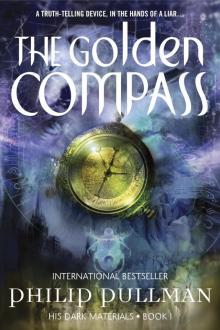 The Golden Compass
The Golden Compass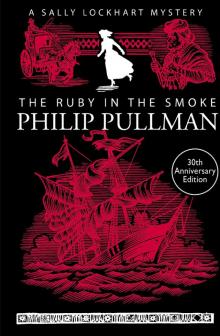 The Ruby in the Smoke
The Ruby in the Smoke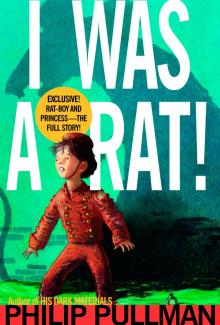 I Was a Rat!
I Was a Rat!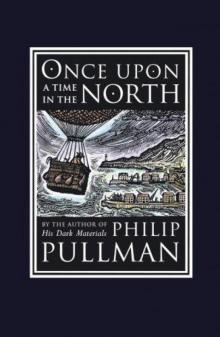 Once Upon a Time in the North
Once Upon a Time in the North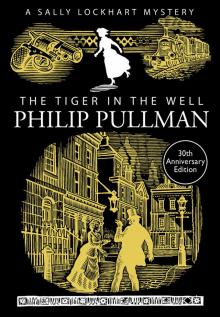 The Tiger in the Well
The Tiger in the Well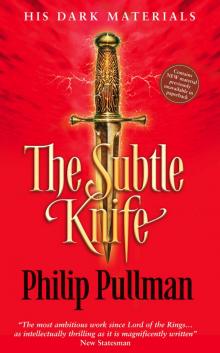 The Subtle Knife
The Subtle Knife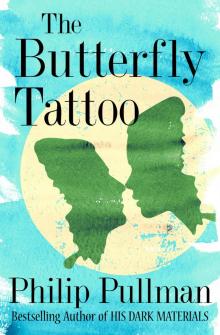 The Butterfly Tattoo
The Butterfly Tattoo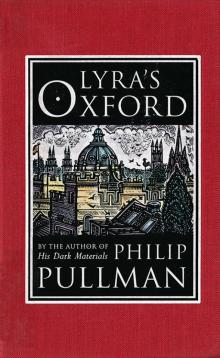 Lyra's Oxford
Lyra's Oxford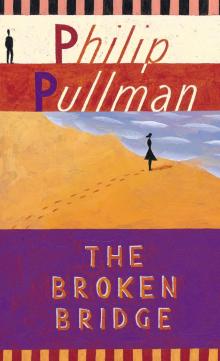 The Broken Bridge
The Broken Bridge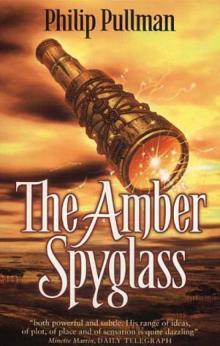 The Amber Spyglass
The Amber Spyglass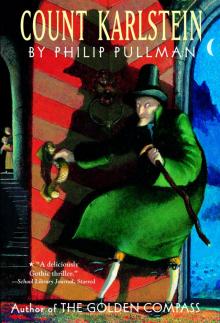 Count Karlstein
Count Karlstein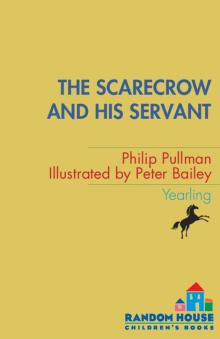 The Scarecrow and His Servant
The Scarecrow and His Servant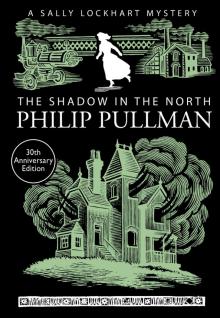 The Shadow in the North
The Shadow in the North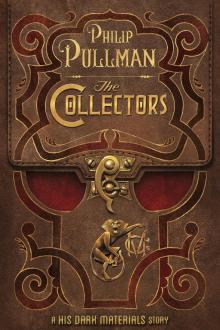 The Collectors
The Collectors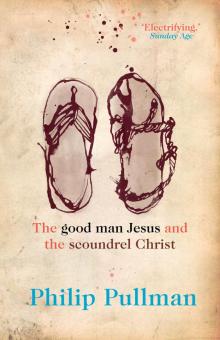 The Good Man Jesus and the Scoundrel Christ
The Good Man Jesus and the Scoundrel Christ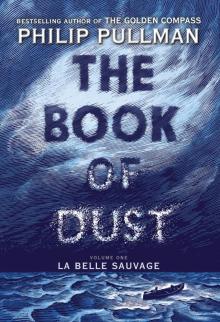 La Belle Sauvage
La Belle Sauvage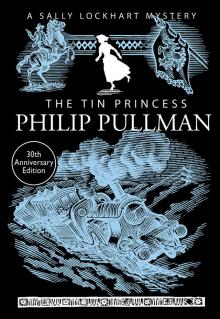 The Tin Princess
The Tin Princess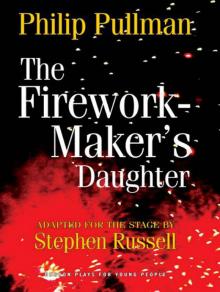 The Firework-Maker's Daughter
The Firework-Maker's Daughter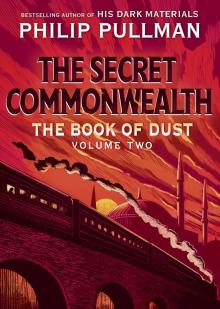 The Book of Dust: The Secret Commonwealth (Book of Dust, Volume 2)
The Book of Dust: The Secret Commonwealth (Book of Dust, Volume 2)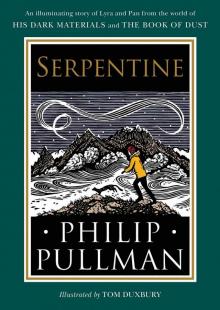 Serpentine
Serpentine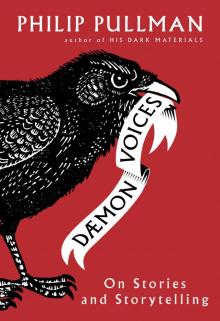 Daemon Voices
Daemon Voices The Amber Spyglass: His Dark Materials
The Amber Spyglass: His Dark Materials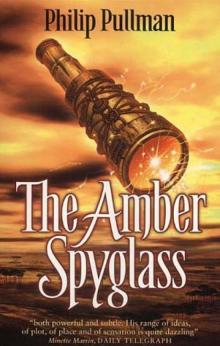 The Amber Spyglass hdm-3
The Amber Spyglass hdm-3 The Haunted Storm
The Haunted Storm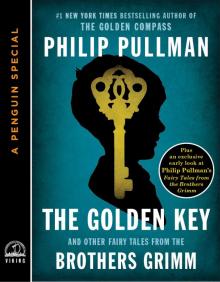 The Golden Key
The Golden Key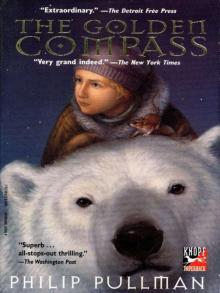 His Dark Materials 01 - The Golden Compass
His Dark Materials 01 - The Golden Compass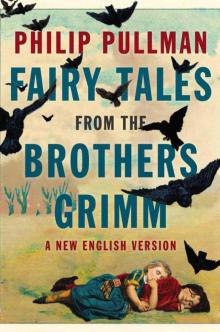 Fairy Tales from the Brothers Grimm: A New English Version
Fairy Tales from the Brothers Grimm: A New English Version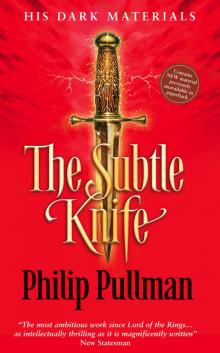 His Dark Materials 02 - The Subtle Knife
His Dark Materials 02 - The Subtle Knife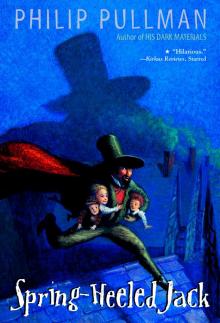 Spring-Heeled Jack
Spring-Heeled Jack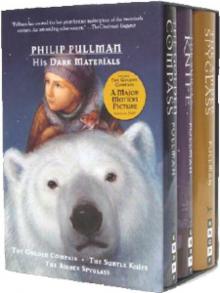 The Golden Compass hdm-1
The Golden Compass hdm-1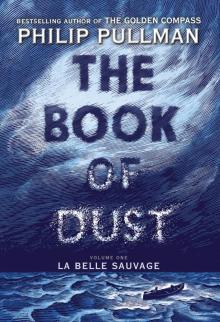 The Book of Dust, Volume 1
The Book of Dust, Volume 1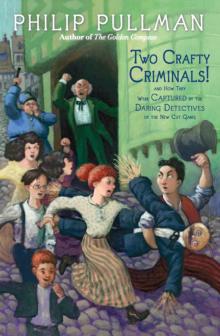 Two Crafty Criminals!
Two Crafty Criminals!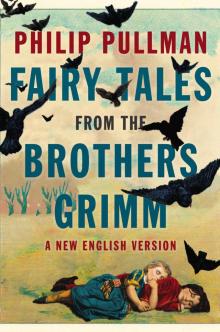 Fairy Tales from the Brothers Grimm
Fairy Tales from the Brothers Grimm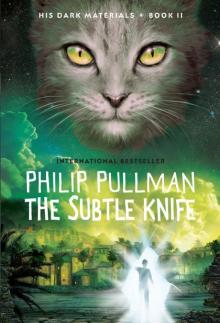 The Subtle Knife: His Dark Materials
The Subtle Knife: His Dark Materials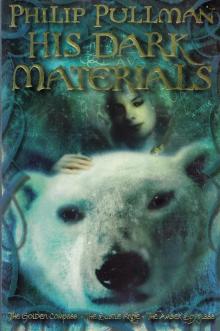 His Dark Materials Omnibus
His Dark Materials Omnibus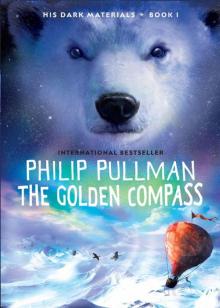 The Golden Compass: His Dark Materials
The Golden Compass: His Dark Materials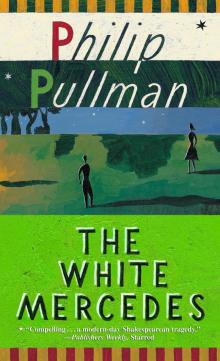 The White Mercedes
The White Mercedes